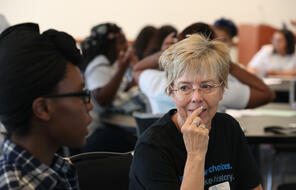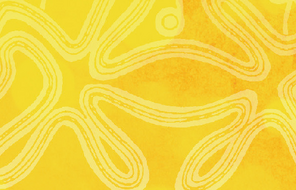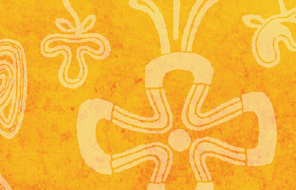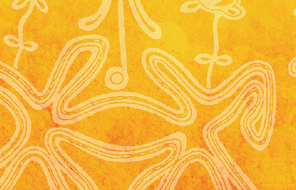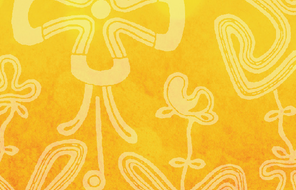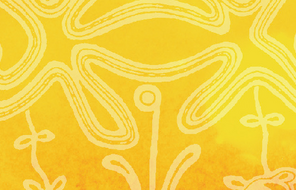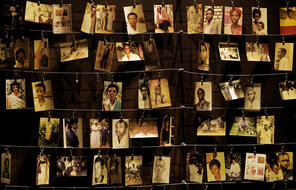Navigating Multiple Identities
At a Glance
Subject
- English & Language Arts
- Social Studies
- Genocide
People often have many identities that are important to who they are as individuals. Many times those identities exist in the same person without creating conflict. For example, a person may be an African American woman, with one grandparent from Ecuador and another from Russia, and the daughter of parents who are both Christian—one Episcopalian and the other Catholic. For her, all these identities may live harmoniously, while in others they could be a source of conflict.
Diana Der Hovanessian is an Armenian American writer born in the United States. Her grandparents came to the United States from Ottoman Armenia. In her poem “Two Voices,” she reflects on how her family history influences who she is as a person. The poem begins with a question from the British writer D. M. Thomas.
Two Voices
by Diana Der Hovanessian
“Do you think of yourself as an Armenian? Or an American? Or hyphenated American?” —D. M. Thomas
In what language do I pray?
Do I meditate in language?
In what language am I
trying to speak when I wake from dreams?
Do I think of myself as an American,
or simply as a woman when I wake?
Or do I think of the date and geography
I wake into, as a woman?
Do I think of myself in my clothes getting wet walking in the rain?
Do I think velvet, or do I think skin?
Am I always conscious of genes and
heredity or merely how to cross my legs
at the ankle like a New England lady?
In a storm do I think of lightning
striking? Or white knives dipped
into my great aunt’s sisters’
sisters’ blood?
Do I think of my grandfather telling
about the election at the time
of Teddy Roosevelt’s third party,
and riding with Woodrow Wilson
in a Main Street parade
in Worcester?
Or do I think of my grandmother
at Ellis Island,
or as an orphan in an Armenian village?
Or at a black stove in Worcester
baking blueberry pie for my grandfather
who preferred food he had grown
to like in lonely mill town
cafeterias while he studied
for night school?
Do I think of them as Armenian
or as tellers of the thousand and
one wonderful tales in two languages?
Do I think of myself as hyphenated?
No. Most of the time, even as you,
I forget labels.
Unless you cut me.
Then I look at the blood.
It speaks in Armenian. 1
Connection Questions
- Diana Der Hovanessian wrote “Two Voices” in response to a question: “Do you think of yourself as an Armenian? Or an American? Or hyphenated American?” How does she answer that question? Are there times when one aspect of your identity seems more important than others?
- In her poem, Der Hovanessian writes that her blood speaks Armenian. Scientists know that identity and nationality are not literally carried in the blood, but the metaphor remains part of everyday speech. If identity isn’t literally carried in the blood, how is it passed from generation to generation?
- How do children of immigrants negotiate their identity in a new culture? What pressures do they face that are unique? Which pressures are shared by their peers?
- 1Diana Der Hovanessian, “Two Voices,” in Selected Poems (New York: Sheep Meadow Press, 1994), 23.
How to Cite This Reading
Facing History & Ourselves, "Navigating Multiple Identities," last updated February 4, 2020.
This reading contains text not authored by Facing History & Ourselves. See footnotes for source information.

